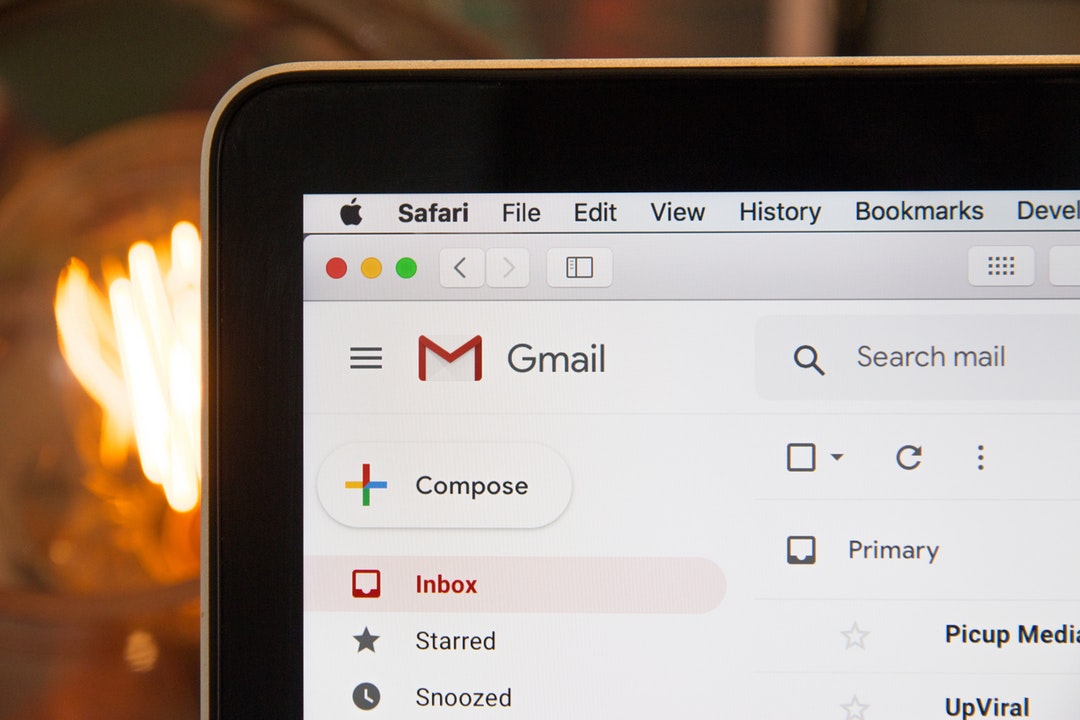If you consider yourself a bookworm, you’ve probably at least considered making the jump to digital books. While there’s no mimicking the delightful “new book” smell or the comfort of turning physical pages, a Kindle can save you a huge amount of space in your bag, suitcase, or shelf. According to some estimates, even an older Kindle can store over 90,000 pages, or 300 pounds’ worth of books!
That said, making the move to a virtual bookshelf isn’t easy. If you aren’t familiar with the software or the Kindle file formats, there may be a small learning curve in store for you.
Fortunately, playing with your new device can get you turning pages in just minutes, and our helpful tips on file types can guide you to the best ebook formats for your needs. Here’s what you should know about getting the right files onto your Kindle.
Amazon’s Proprietary Kindle File Formats
To understand the kinds of formats you can expect to see on your Kindle, it’s worth knowing that Amazon has its own series of proprietary ebook file formats. Though they were created for the Kindle’s software, these file types are designed for use across a spectrum of devices, from your smartphone to your tablet to your computer.
As long as you have the Kindle app installed on your device, you can open and read books that use the file types below. Many other e-reader apps support them, but not all do, so it may be worth using Amazon’s official software to open these types of texts.
It’s also important to note that the following file types can only be used with Kindle e-readers or with devices that have access to Kindle apps. In addition, they all contain DRM protection for copyright purposes.
MOBI files
If you own an older Kindle, or if you’ve gotten ebooks from certain sources, you may already be familiar with this file type. Also known as a Mobipocket ebook file, MOBI was the first file type Amazon used upon the launch of the original Kindle.
In recent years, the MOBI format was discontinued and replaced with newer files, which we’ll discuss below. Despite the discontinuation, however, Amazon continues to support MOBI files—which is especially helpful considering that they continue to be a popular file type for Kindle users.
AZW and AZW3 Files
As mentioned above, these file types—often just called “Kindle files”—were designed to replace the MOBI file type.
As for the difference between these two file types, AZW files are simply earlier versions of the new AZW3 file types, which is the next-generation version of the Kindle file format. AZW3 files can support more complex fonts and layouts than their earlier counterparts could.
Additional Supported Kindle File Types
In addition to the proprietary file types above, Kindles also support a range of common file types you’ll find across the internet. This is especially useful for anyone who wants to source their Kindle books outside of Amazon’s official store. When buying from other book providers, or finding free common domain ebooks online, you’re more likely to see the file types below.
EPUB Files
Short for “electronic publication,” EPUB file types are one of the most common e-reader file types in circulation. These files contain DRM protection, just as the file types above do, and they can contain a range of additional information like styling, bookmarks, and more.
EPUB files have two different formatting styles: reflowable and fixed layout. Reflowable EPUB files allow users to fit text and images to a variety of screen sizes, in much the same way that mobile-friendly websites change appearance depending on the device you use to access them. Fixed-layout EPUB files, on the other hand, have one standard layout regardless of all devices.
PDF Files
You’re probably already familiar with this file format, which is common worldwide for its ease of use. Kindles support PDF files, meaning that you can upload one to your Kindle—or any other e-reader—to access it on the go.
Unlike many of the file types above, however, PDF files are fixed in format, meaning that the pages, images, and text won’t resize to fit your screen. They also don’t include DRM protection, and they aren’t sold on Amazon’s website.
TXT and DOC Files
Kindles also support plain-text TXT files. These file types won’t include images or fancy fonts, but they’re an option if you need to access a text-heavy document on the go.
Microsoft Word files are another option, especially if you’d like to transfer a document from your computer to your Kindle for reading purposes. Don’t hesitate to switch those Google Doc files to Word as needed!
Image Files
Your Kindle can also read JPG, JPEG, PNG, and BMP files. While you won’t find many ebooks in this format, you may find this helpful if you need to access a graph, map, or photo on the go.
Converting Between File Types
Given that there are so many file types, each with unique strengths and compatibility details, you may want to convert one at some point. You may also need to convert a book’s file type Kindle can’t read into one that it can.
You can find a variety of online tools that will convert one option into another, including our free converter.
It’s worth noting, however, that you may find formatting difficulties crop up when you switch from a simpler file type to a more complex one. Spacing issues, cropped images, and other problems may make your new document more difficult to read. When in doubt, converting your file to a PDF often does the trick: these fixed-format files aren’t as prone to the frustrating formatting concerns of other conversion types.
Get the Kindle File Types You Need
Ready to dive into your next great read? Knowing the difference between Kindle file formats can help you understand which book is right for your device, and when conversion will make a big difference.
If you need a quick conversion, don’t forget to check out our free tool! With a range of file types to choose from, you can get the right file for your Kindle fast.









